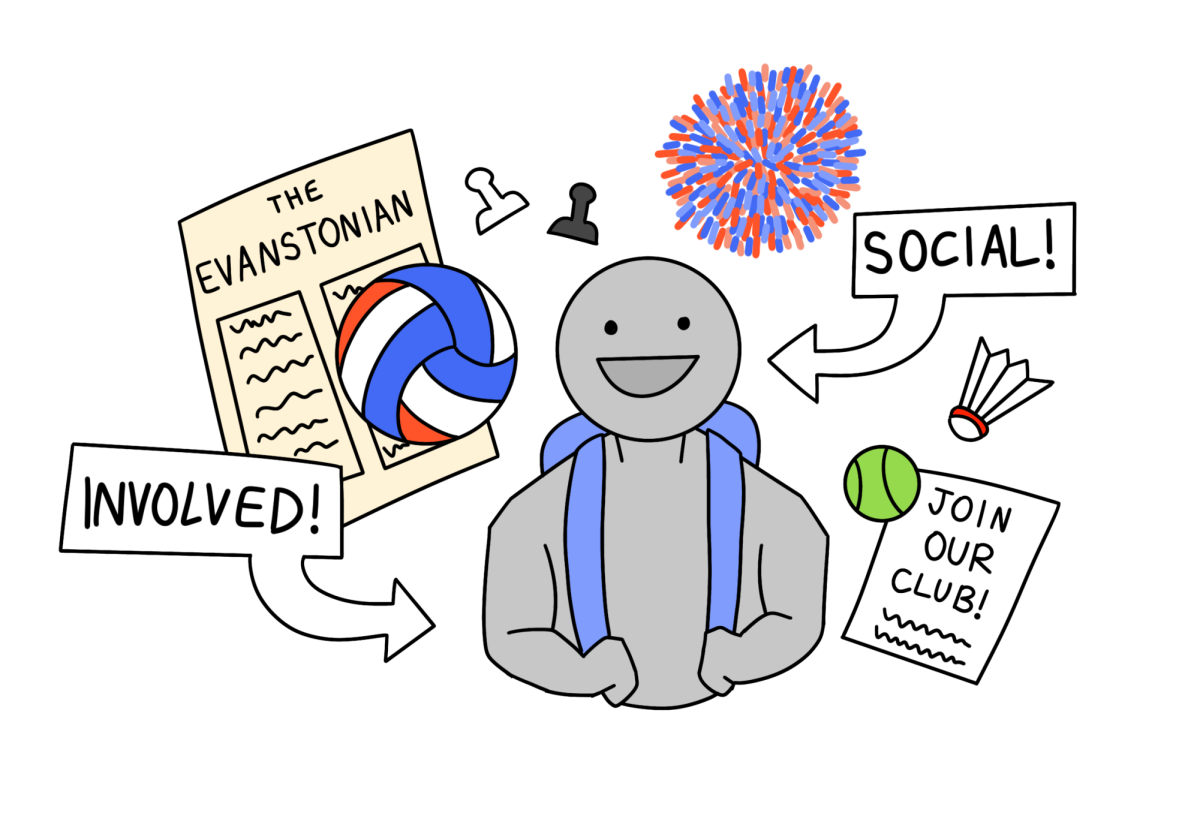In 1900, the Paris Olympics became the first games permitting women to compete. Five sports – golf, equestrian, sailing, tennis, and croquet – had women athletes competing, with only golf and tennis having female-specific events. Over 1,000 athletes were competing but only 22 were women. Women made up less than 2 percent of the 1900 Olympics’ competitors. Now, 125 years later, there isn’t a concern with women competing – just if they can prove they are female.
During the 2024 Summer Olympics, Imane Khelif rose to stardom after Angela Carini abandoned their bout in women’s boxing. The media was in a frenzy after finding out Khelif failed an “unspecified gender eligibility test” that disqualified her from the 2023 Boxing World Championships and was the reason for Carini’s sudden quit – the punches hurt too much to go on. This started an online harassment campaign targeting Imane Khelif under the misinformation that she wasn’t “a woman” because, apparently, you’d have to have been assigned male at birth to hit that hard.
This hasn’t been the first time a female athlete has been scrutinized for her achievements in the 21st century. Taiwanese boxer Lin Yu-ting had false accusations thrown at her by J.K Rowling and former President Donald Trump during the 2024 Olympics regarding her gender, later winning the gold medal in the women’s 57kg event. After she won gold in the 800-meter race in the 2009 world championships, Caster Semenya, a South African middle-distance runner, was forced to undergo sex testing and was “sidelined for 11 months because of track and field rules about hormone levels.” Nothing was said about when Micheal Phelps and Usain Bolt competed about their biological advantages. Only when a woman demonstrates an extraordinary feat (or even sometimes just a basic win) does it become a question of whether it was rigged in their favor.
“A lot of male sports seem to get a lot more attention than female sports, so this gives the impression that many believe that male sports are more interesting or that the athletes are more worthy of attention. Additionally, it seems as though society, in general, does not believe that female athletes can handle as much as male athletes or that they are “weak”. As a result, female athletes are sometimes challenged less,” wrote Victoria Kienzle, Wellness and Physical Education teacher. “A female wrestler who qualified for state two years ago had an article written about her saying that she was the only wrestler from her school, male or female, who qualified for state that year, yet her accomplishment was not celebrated and seemed to barely be acknowledged. Meanwhile, male sports that went to state gained a great deal of attention. As a result of situations like this, female athletes are likely discouraged because even if they accomplish greatness, it does not seem to matter to the rest of the world. Furthermore, prioritizing male sports can make female sports less popular for new athletes who may be successful with the sport simply because they are not as aware of it as they should be.”
Former President Richard M. Nixon signed Title IX (now known as the “Patsy Mink Equal Opportunity in Education Act”) into law in June of 1972. The law prohibits any discrimination based on sex in “any education program or activity receiving Federal financial assistance.” This action was praised for being a turning point in inclusivity within sports and academic programs and activities. The law forced colleges to provide equal funding for men’s and women’s sports alike. However, according to the California Women’s Law Center, 90 percent of universities and colleges in America are actively disenfranchising women in sports. As per a study done by the Law Center in 2020, “Women miss out on $1 billion in athletics scholarships annually.” NCAA schools distribute over $3 billion in scholarships, but female student-athletes are “routinely denied hundreds of millions of dollars.” An additional 148,030 sports opportunities would need to be offered to women by NCAA institutions to match what men are offered. Women in sports are being repeatedly penalized for their bodies while being marginalized for even being in the field to begin with.
“When boys play a sport, it becomes their whole personality and nobody bats an eye but if a girl talks about her sport too much I think that a lot of people see that as them trying too hard or that women can’t be good at their sport,” said a member of the women varsity hockey team at ETHS. “For the boys varsity hockey team, college scouts come to their games but for girls, we have to be double rostering for a club team for scouts to even take an interest in us. We can’t just be playing on our girl’s varsity team because [scouts] don’t care, they’ll care about the boys varsity team but we have to be playing on two or three different teams just for the consideration.”
The conditions for women in sports have gotten better with various organizations and foundations dedicated to the improvement and encouragement of female athletes, but there’s still work to be done. The pay gap in sports needs to be overcome, more media representation and opportunities need to be brought to female athletes and even just the acknowledgment of achievements would be tremendous in re-establishing what’s been in place. Setting up an even playing field where everyone is treated equally is vital to the progression of athletics in our society.





